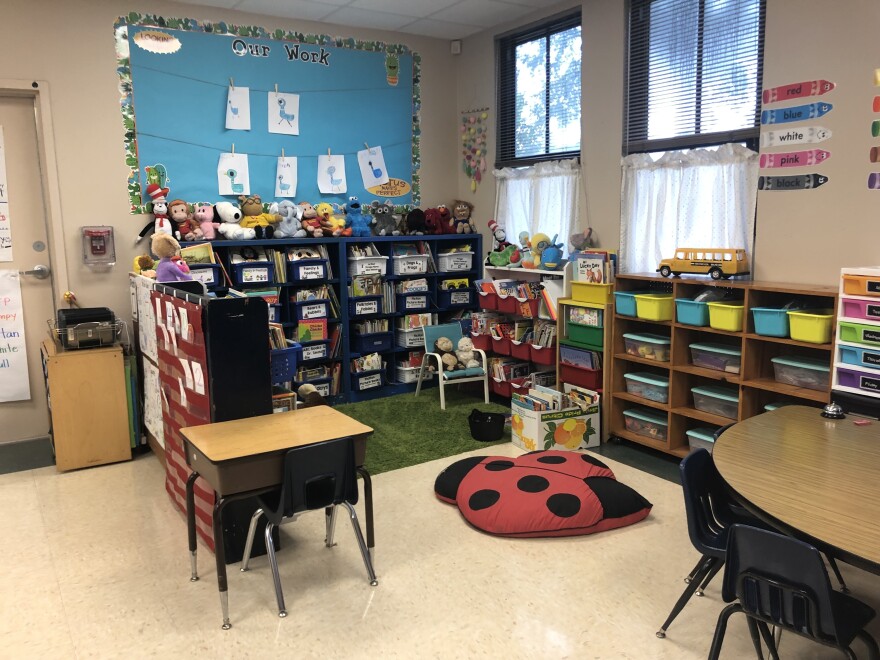The San Antonio Independent School District hosted a lengthy panel discussion for trustees this week outlining this year’s standardized test results, where they need to improve, and how they plan on doing so.
During the presentation on Monday night, SAISD Superintendent Jaime Aquino said there were some bright spots in the district’s STAAR results, especially at the high school level, where he said the district was catching up to the state average.
But Aquino said that grades 3-8 have declined in most tests compared to the state in both reading and math.
“We have 32% of our students in grades 3 through 8 that are reading on grade level, similar to last year — pointing out why we need to accelerate, but a similar pattern to the state,” Aquino said. “Where both the state and us found some more significant challenges was within the area of mathematics.”
To improve test results going forward, SAISD officials said they would increase rigor and critical thinking, now that the STAAR exam has fewer multiple-choice questions. Teachers will be given professional development to learn how to increase rigor.
The district will also give students opportunities to attend extended days of school for more academic support, and give students practice in taking tests online. All STAAR tests are now taken online, a change from just a few years ago.
“We are not where we want to be,” Board President Christina Martinez said in a statement announcing the plan. “I am confident in the district’s action plan, which directs its resources, and organizes its efforts, to support our students.”
Before trustees voted on the 2024-2025 budget on Monday, Aquino said the district’s challenges with STAAR are exacerbated by teacher shortages.
He explained: “2,065 STAAR-tested students in grades 3 to 8 had a teacher vacancy, and they performed 10 points lower at the approaches and the meets. Let me tell you, nobody's going into teaching. Unless we address the issue of salary, our vacancies are going to continue.”
High school students in the San Antonio region and across Texas continue to score lower on state math exams than they did before the pandemic, and San Antonio ISD’s results remain significantly lower than the state average. While 72% of SAISD’s Algebra 1 students passed the end of course exam this spring, just 28% met grade level. Statewide, 45% of Algebra 1 students met grade level both this year and last year. The first year back from lockdown, 13% of SAISD students and 41% of students statewide met grade level on the Algebra 1 test.
Less than 30% of 7th graders in the San Antonio region met grade level on the math STAAR test this year. Like the state as a whole, students in the region have not yet caught up to pre-pandemic averages in math.
But the region is doing better than San Antonio’s three largest districts. Less than 20% of 7th graders at Northside, North East and SAISD met grade level in math this year — just 12% at SAISD.
Math is the subject hardest hit by the pandemic. Standardized test scores are down both in Texas and across the country.
Students in the San Antonio region and across the state have caught up to pre-pandemic scores in reading, however. Just under 50% of 3rd graders are on grade level in reading in Texas and the region. At SAISD, 31% of 3rd graders met grade level on the reading STAAR this spring, up from 16% in 2021 and higher than the 27% who met grade level in 2019.



